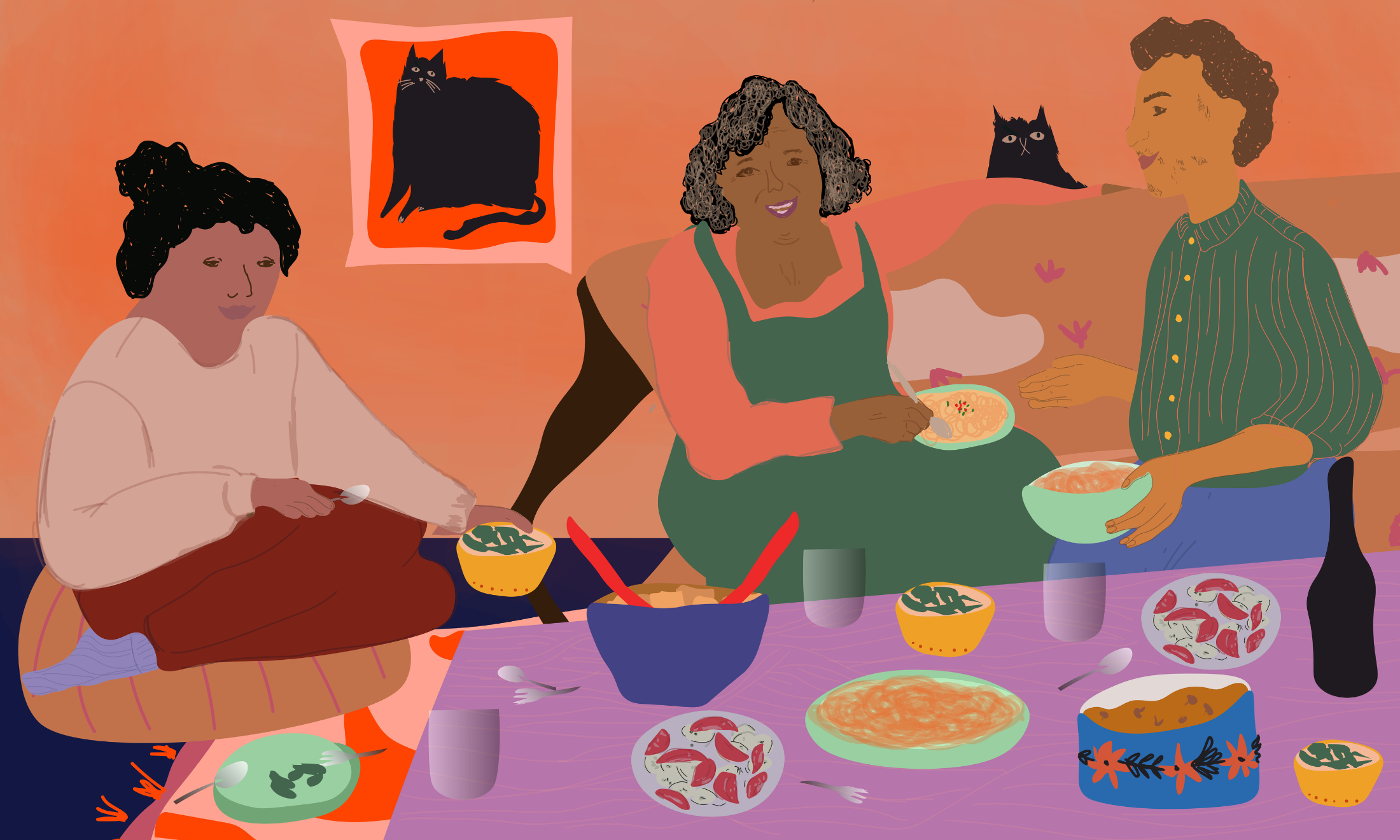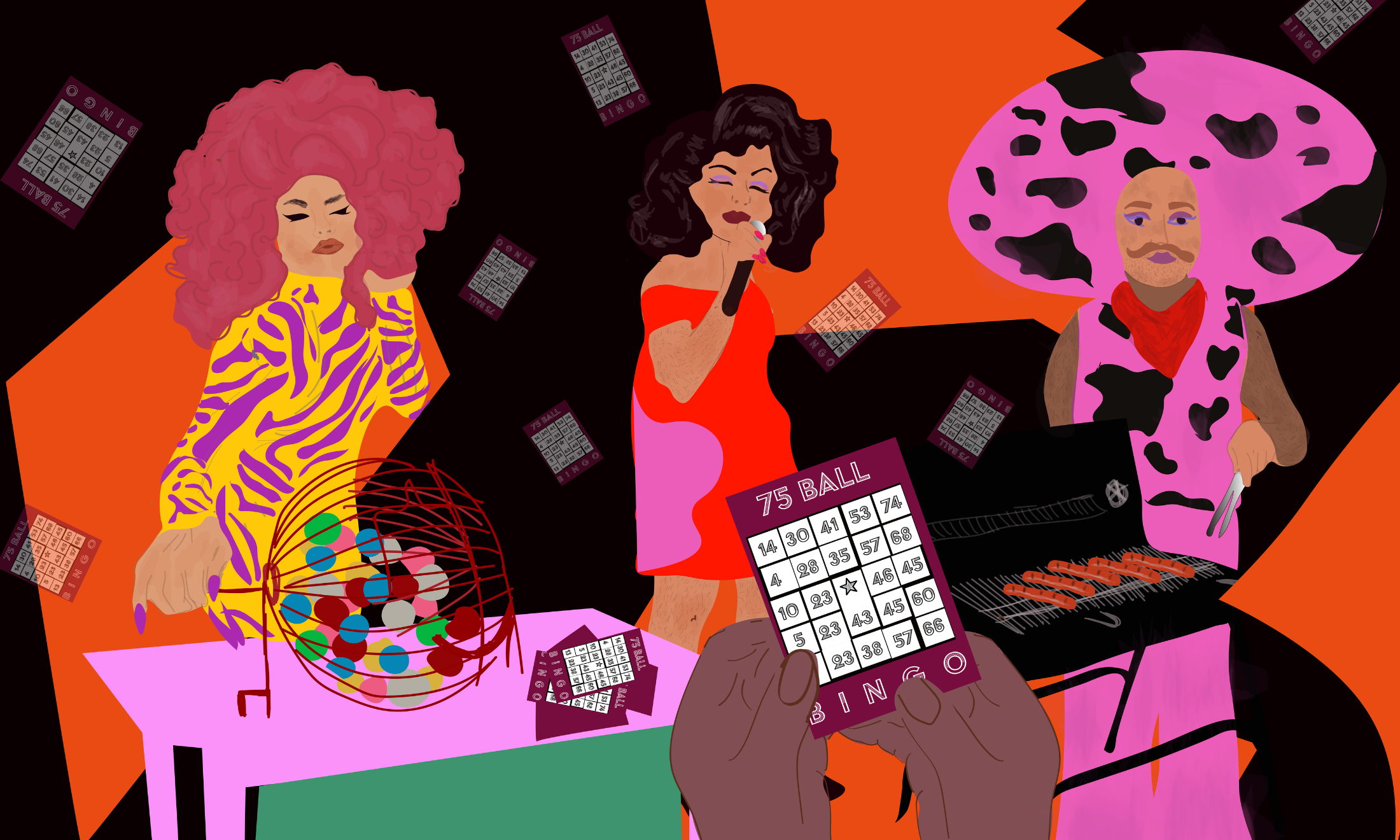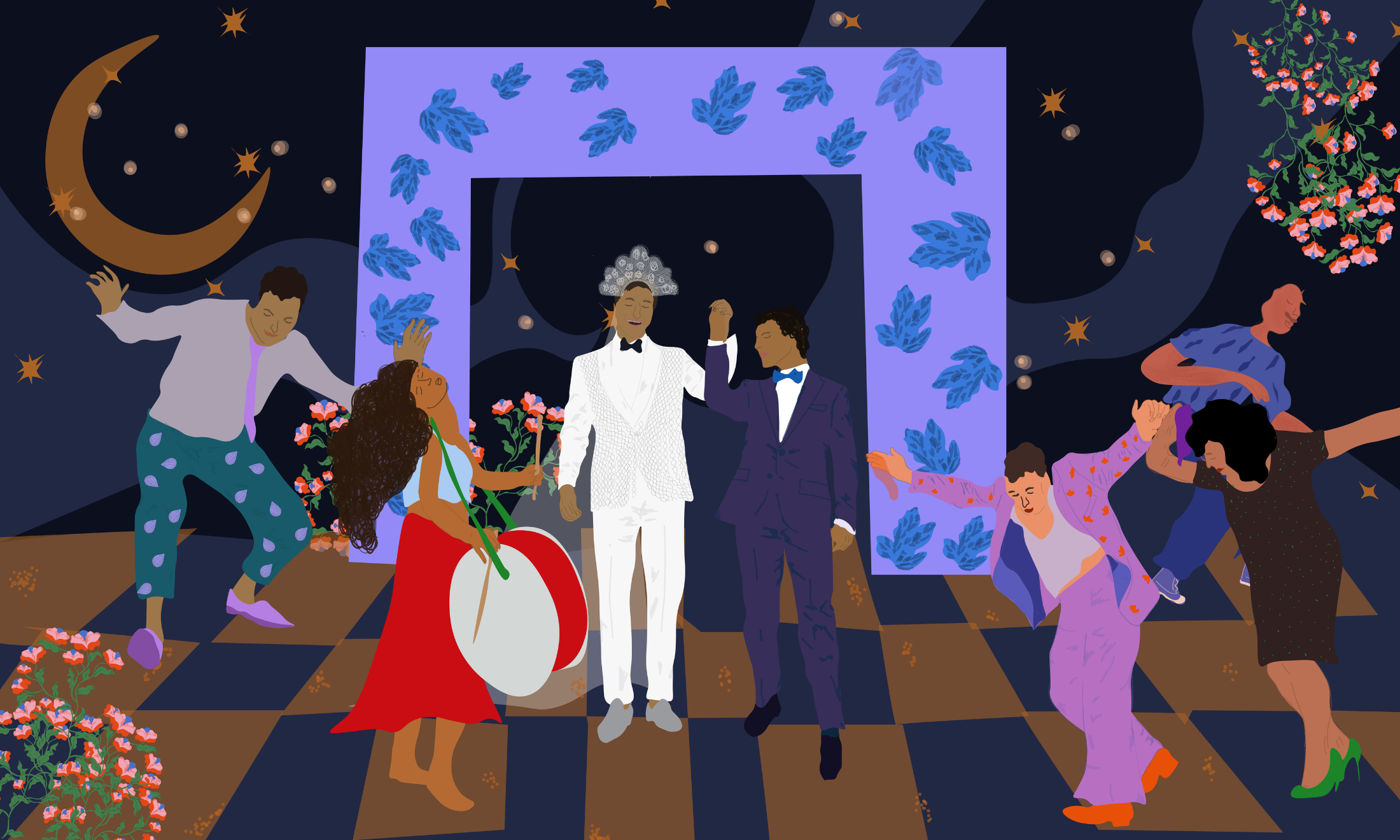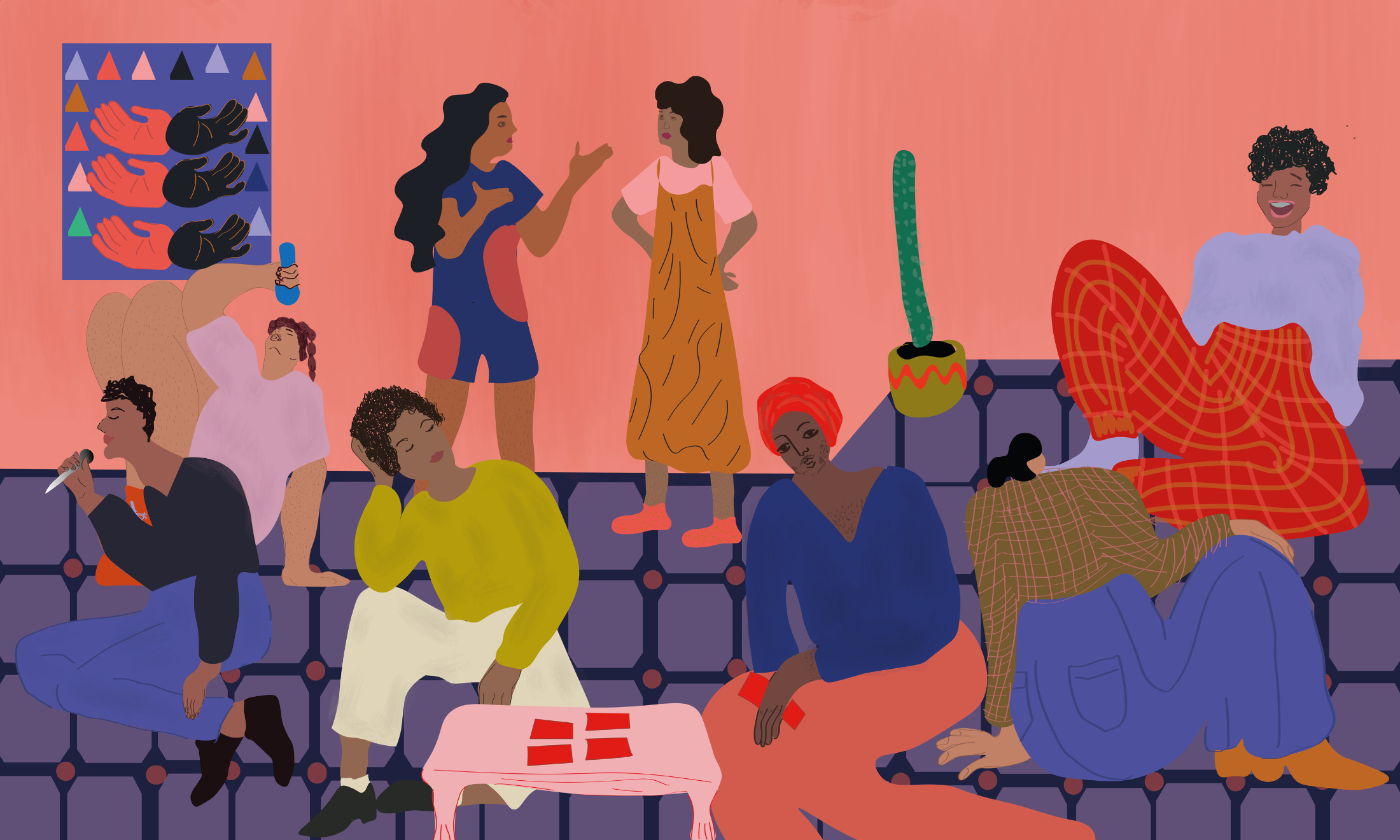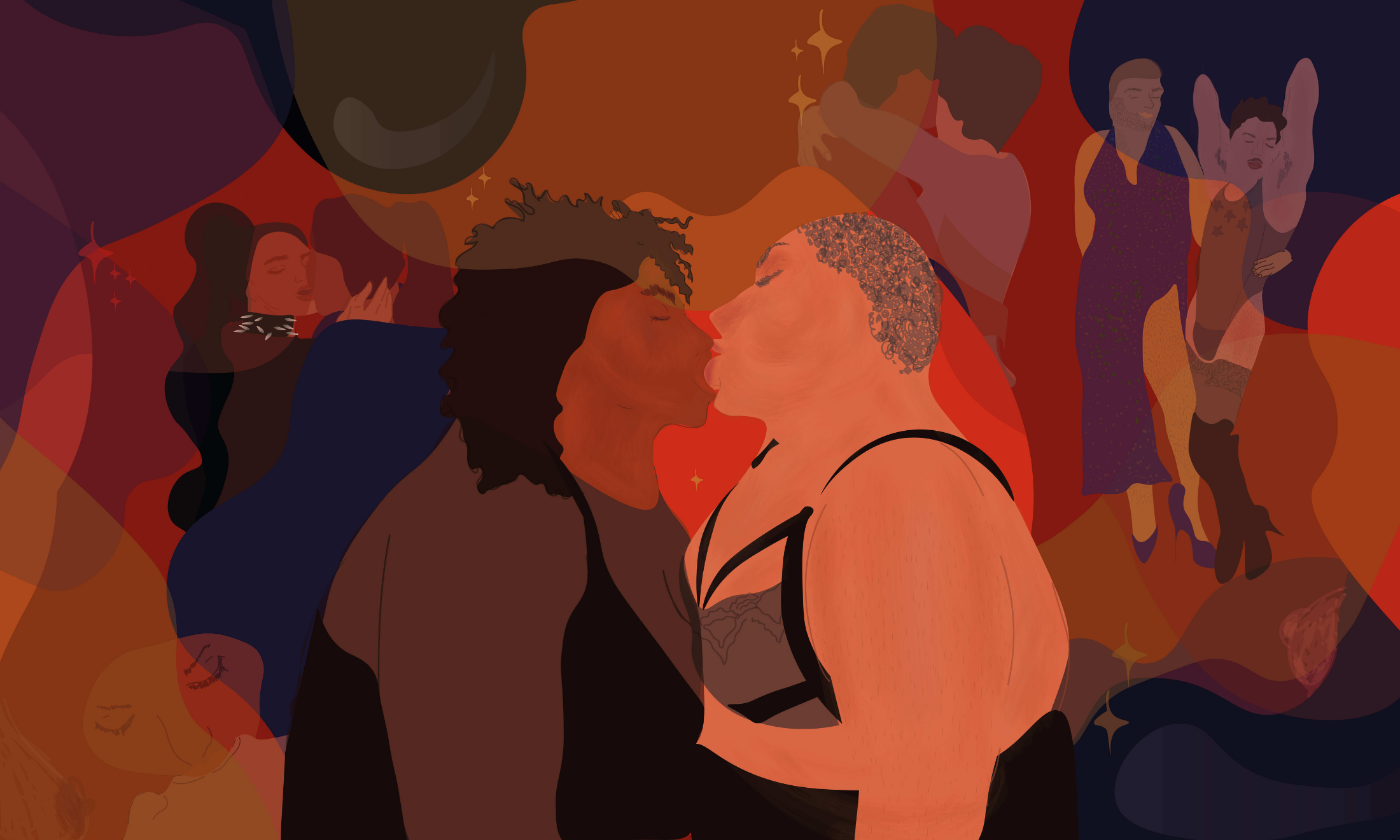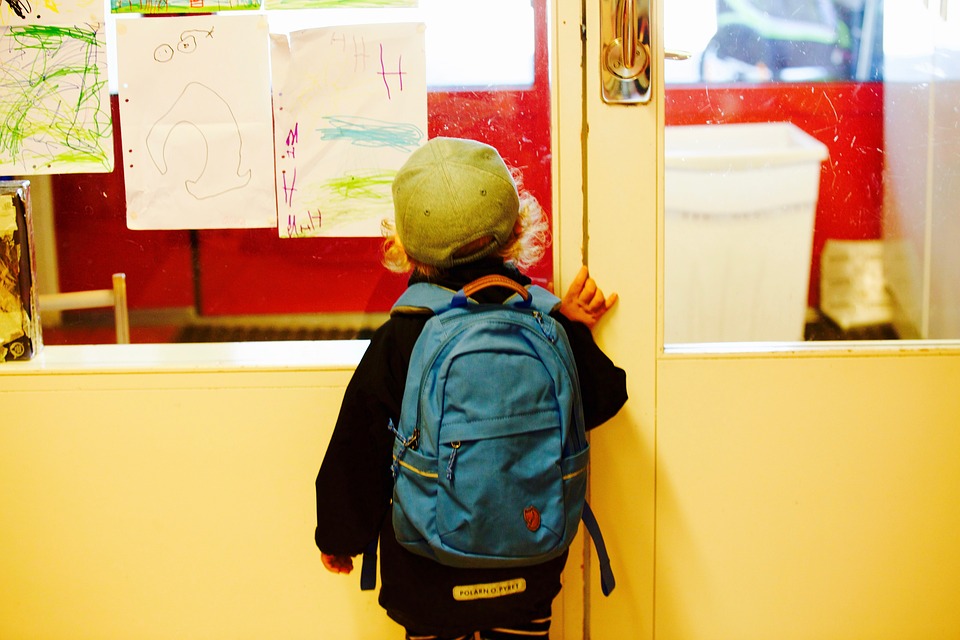
I was feeling pretty choked up when seven-year-old Lexi started crying because she scored a perfect 10 in a fairground-style high striker hammer game. The objective was to predict what score would be achieved and the group of male and female children then took it in turns to play. Needless to say, Lexi was not confident about her ability and when she scored twice as high as she originally thought she would she became overwhelmed.
This simple game singlehandedly destroyed her false sense of personal “weakness” – because she is a girl. Testing preconceived ideas of strength in the two different sexes though was just one of the subjects broached in BBC documentary No More Boys and Girls: Can Our Kids Go Gender-Free?
To me, as a somewhat radical theorist feminist, gender is a social construct. It pertains to sociological and even economical differences. Sometimes these are challenged; as is the case with those who define themselves as non-binary, genderqueer and agender. But such gender nonconforming people are often shunned by a society that wants to place girls and boys into neat little pink and blue boxes.
“In countries like Sweden, schools are forbidden by government to enforce gender stereotypes”
But would gender-free children be the answer to our society’s prejudice? In countries like Sweden, schools are forbidden by government to enforce gender stereotypes. The term “hen” is used as a gender-neutral pronoun to describe children. In a film by Amelia Abraham, a gender nonconforming Swedish family demonstrate what it’s like to raise gender-neutral children, right down to the choice of toys and clothes they have at their disposal.
I often read debates happening in heated comment sections of Facebook posts about gender which usually accompany a ridiculous argument that women are inferior. In No More Boys and Girls: Can Our Kids Go Gender-Free?, Dr Javid Abdelmoneim encouraged a class of Year 3 children from Lanesend Primary School on the Isle of Wight to go gender-free to see if it affected their development and achievement. The documentary firstly and rather importantly featured specialist Professor Gina Ripon at Aston University who emphasised that structurally there are no differences in the brains of children of different sexes. It is in fact conditioning later in life which may alter the way brains grow or work, as Professor Gina declared that “brain development is entangled with society experiences and upbringing. The brain is very plastic, mouldable and changeable”.
In the programme the seven-year-old boys indicated that they were stronger and more important, and they certainly showed enormous amounts of self-belief when completing tasks that tested spatial awareness and the like. When the boys inevitably failed at certain tasks, they became angry – aggression being the only emotion they could express well. Later in life, this anger may lead more men to commit crime and as a result spend some of their lives in prison. It could also explain the reasons behind increased male suicide. The internalised and suppressed emotions are certainly an unhealthy way to live as Dr Javid points out.
“The girls did not believe in their abilities too, worryingly citing physical appearance as something girls were ‘good at’ instead”
The classroom tests also showed girls scored 30% lower in confidence at maths. The show concluded that this was because they lacked opportunity to participate in activities and play with toys that increase STEM skills. The girls did not believe in their abilities too, worryingly citing physical appearance as something girls were “good at” instead. What struck me the most was the attitude of the classroom teacher Mr Andre when Doctor Javid was educating him about his own prejudices. Mr Andre appeared mildly surprised and even amused at how many times he called his female students “love” and how he would ask the boys more questions during lessons.
This prejudice was also displayed in a short example of how girls and boys don’t choose their gendered toys – it is in fact adults that encourage the infants to play with them. Dr Javid dressed male and female toddlers in gendered clothing – a dress for a boy and a blue shirt for a girl, and the adults who played with them handed over certain toys. They later held their hands up to encouraging the child in the dress to play with the dolls, and the one in the shirt to play with the trucks.
There are people who are very much against the idea of a gender-neutral world. Our patriarchal society does not want its authority challenged by logical, equally demanding female leadership. Girls who show leadership skills at a young age are told they are being bossy. Girls are continuously told to listen, shut up, put up, look pretty, be polite and be mindful of other people’s feelings. Boys on the other hand are encouraged to actively participate and pursue aggressive stances, believing it would assist them in their supposed roles of protectors, providers and controllers.
“A study carried out by Florida State University showed out of 6,000 children’s books only 31% had a central female character”
A study carried out by the University of Sussex, Lyon/Saint-Etienne and Hunter College concluded that “gender stereotyping may start as young as three months”. Adult men were caused more discomfort when they found out a crying baby that they thought was female was actually male. It was concluded that adult males believed male babies cries should be lower-pitched than female babies.
Our culture of forcing girls into gender specific roles, such as home makers and secondary jobs in the workplace, is limiting one half of the human population in its capacity to contribute effectively. A study carried out by Florida State University showed out of 6,000 children’s books only 31% had a central female character, and the bookshelves in Mr Andre’s classroom were pretty much on par.
Just recently, major retailer John Lewis began labelling their children’s clothing as “Boys & Girls” which is a great step in the right direction. Some people were inclined to disagree with the move because it challenges what they’re used to. But aside from basic biology there is no difference in children that satisfies the definition that gender demands, apart from the gender roles we push onto them. So I think it’s time we work on abolishing ancient patriarchal structures like gender once and for all.

